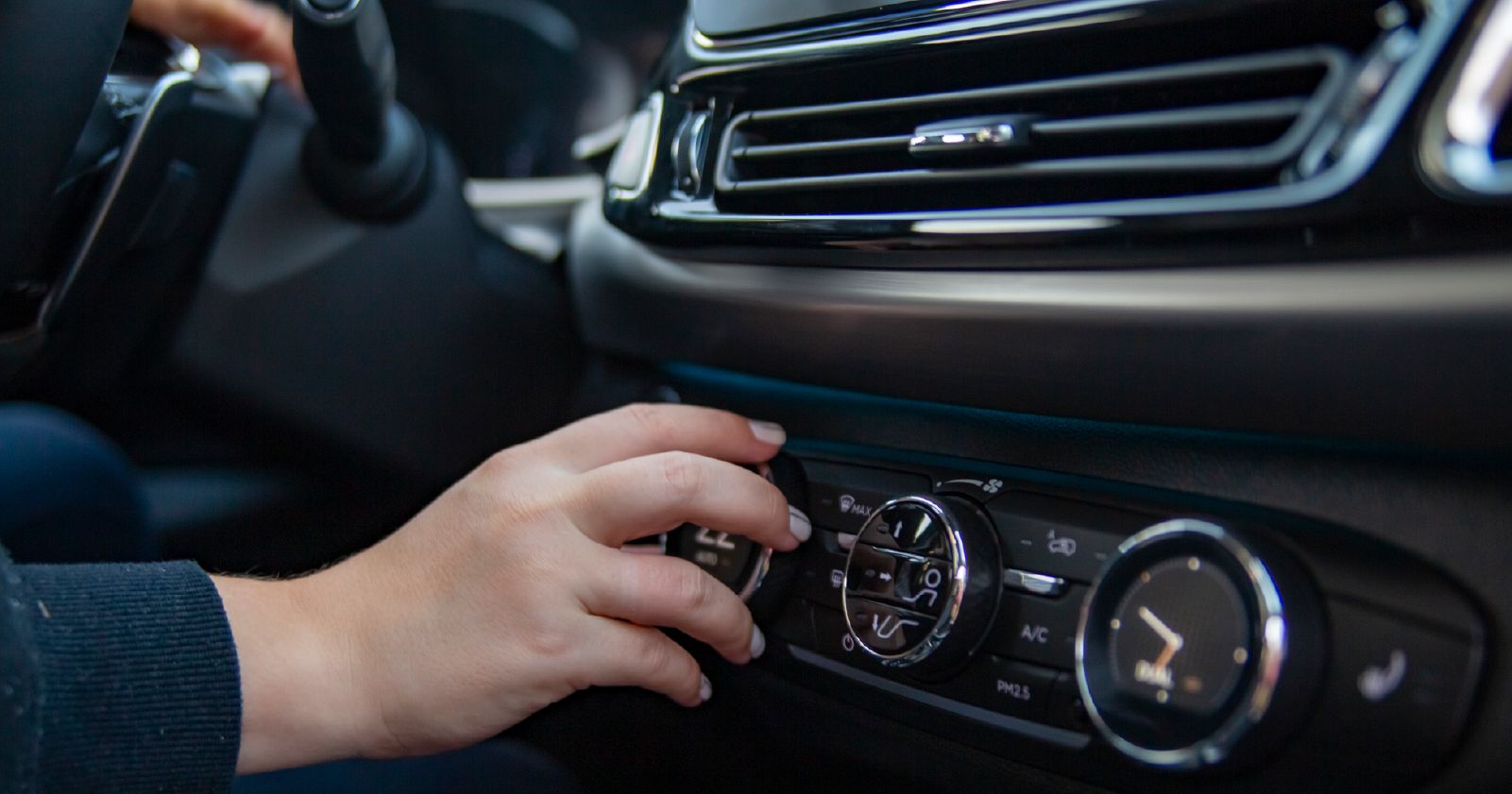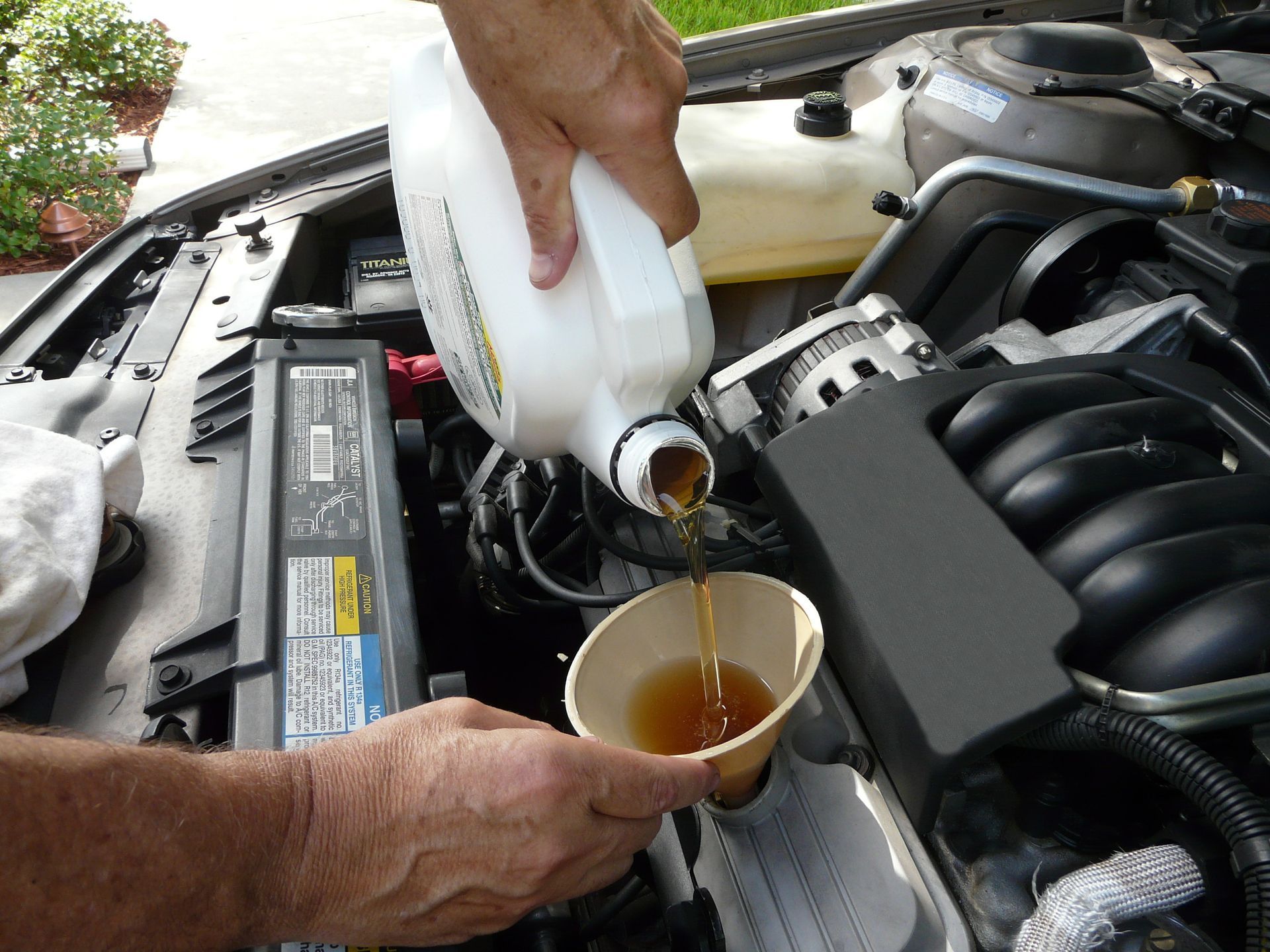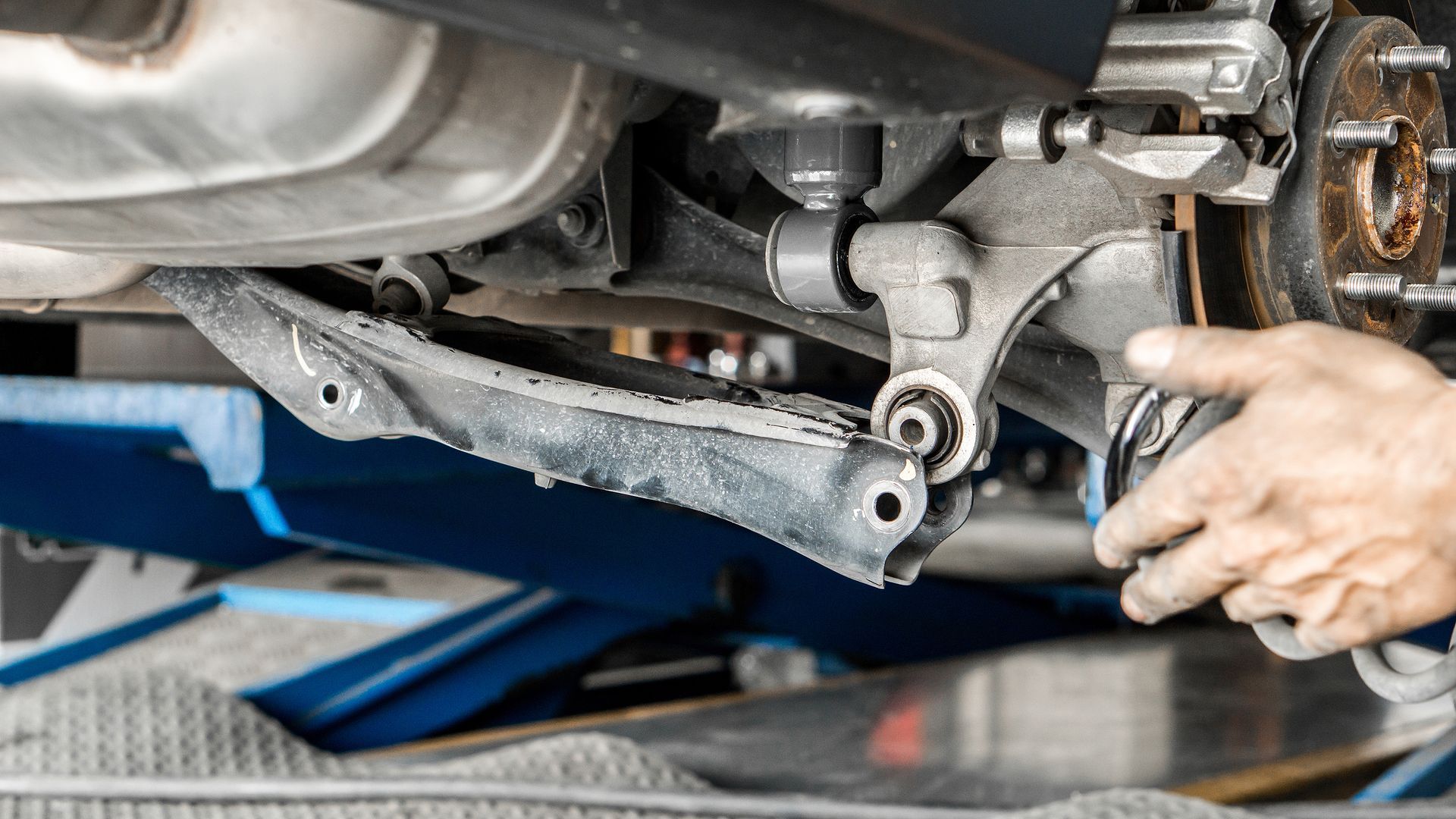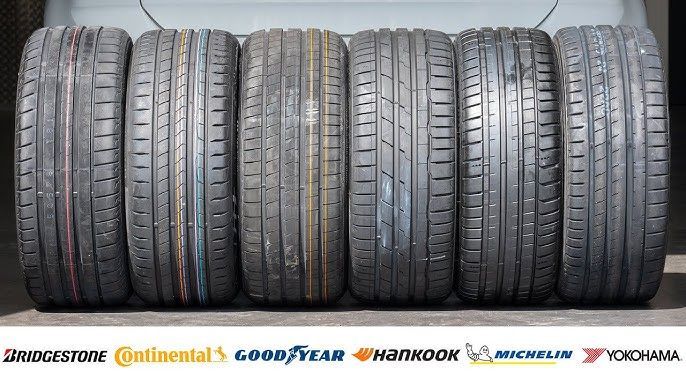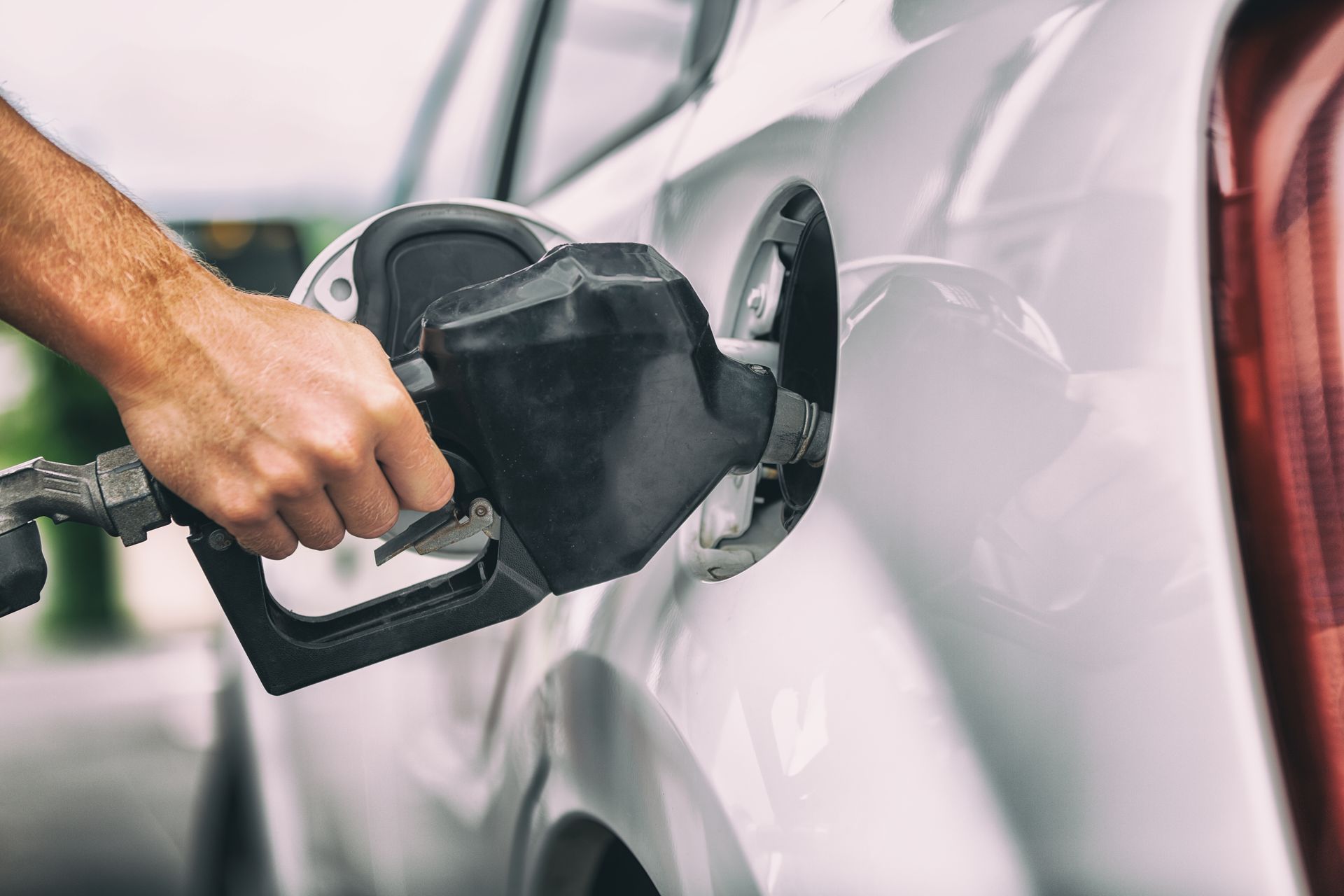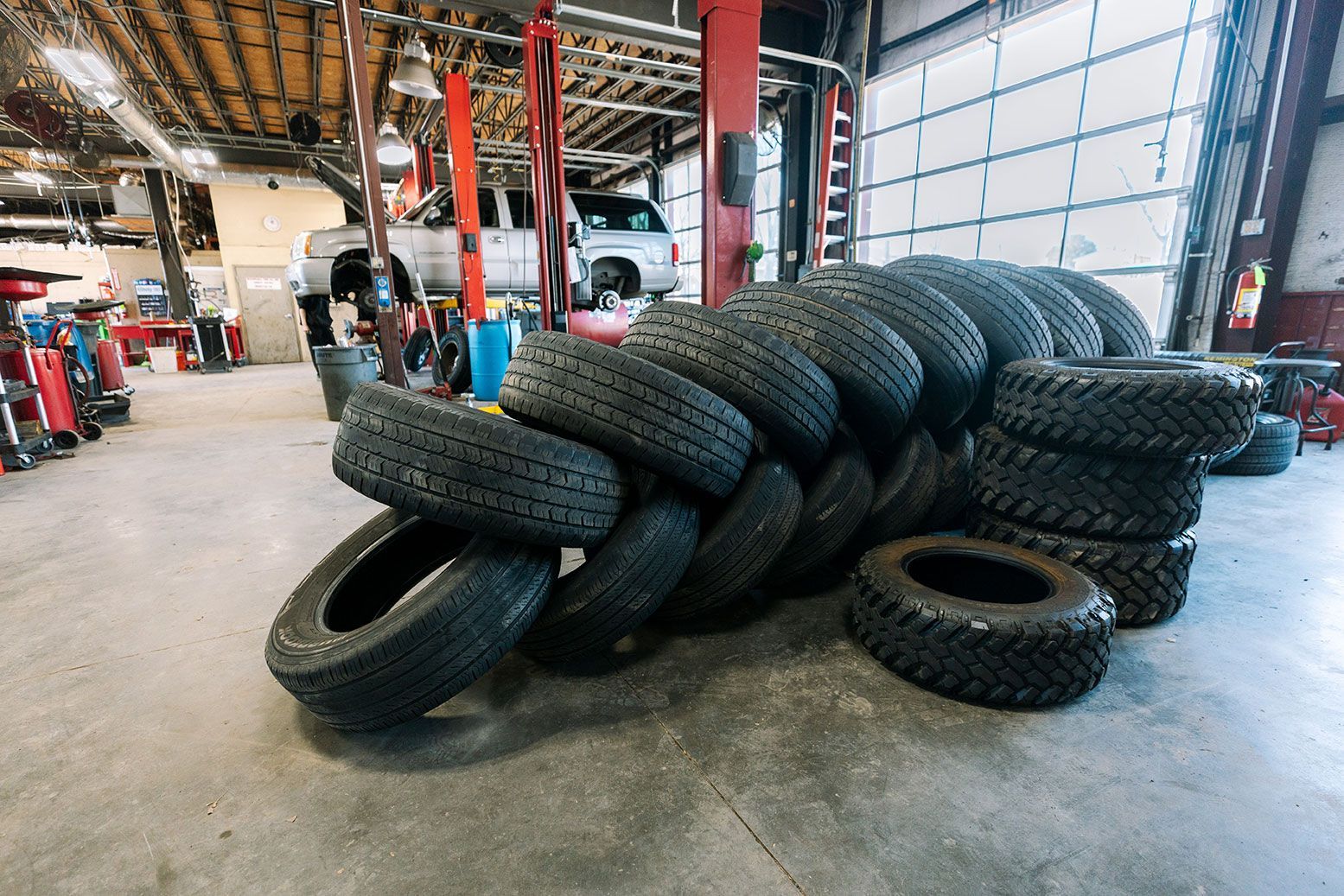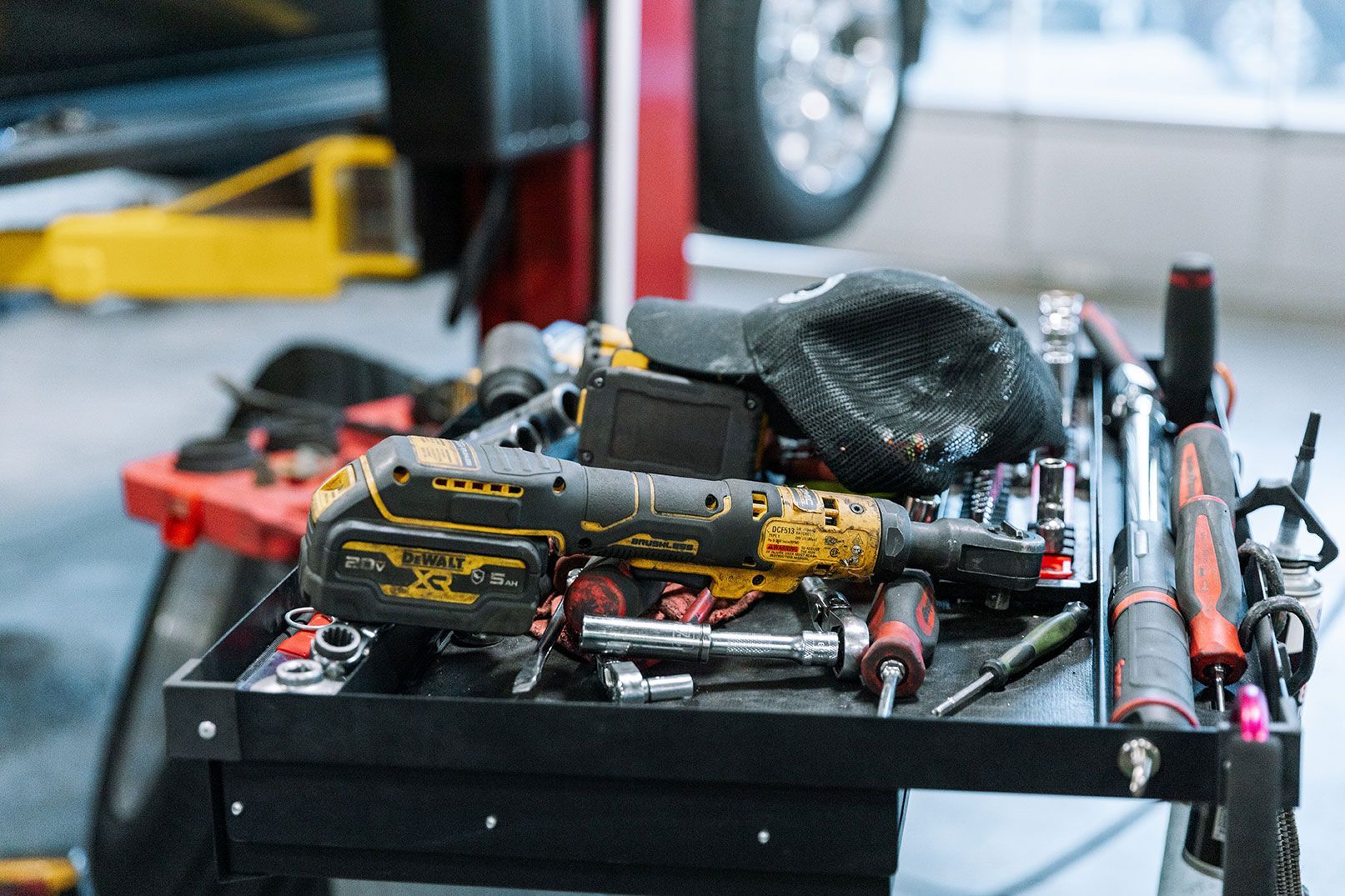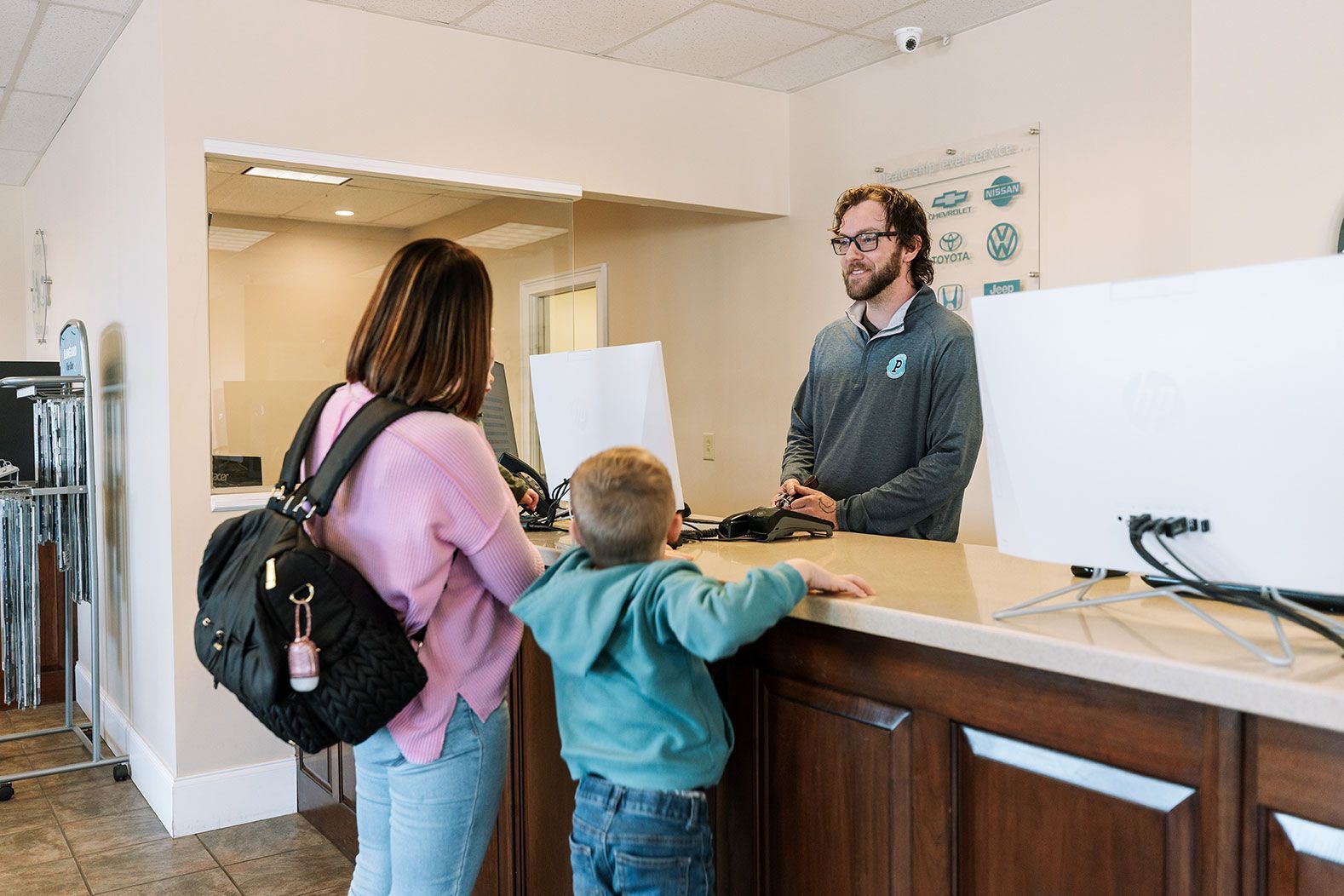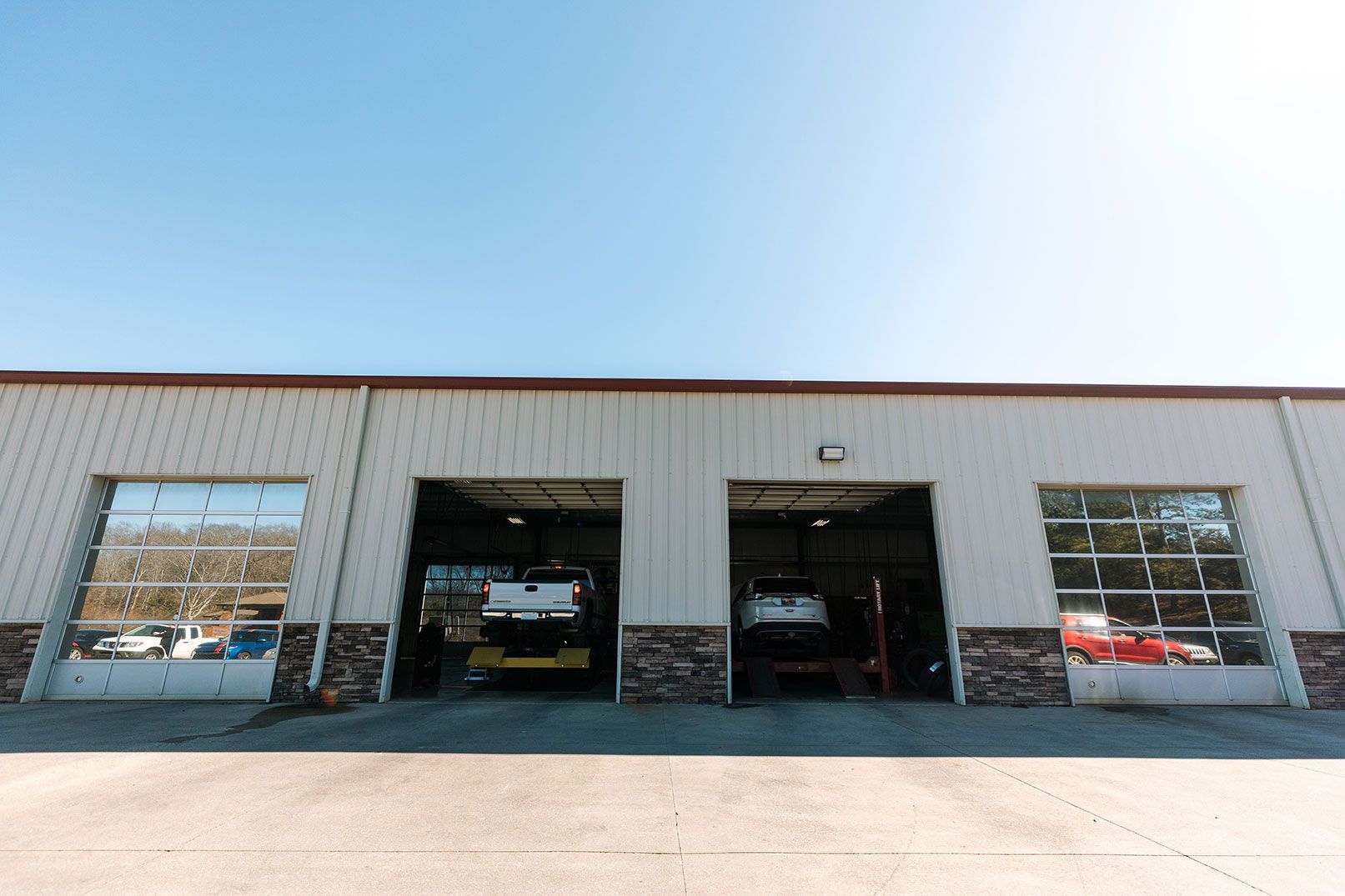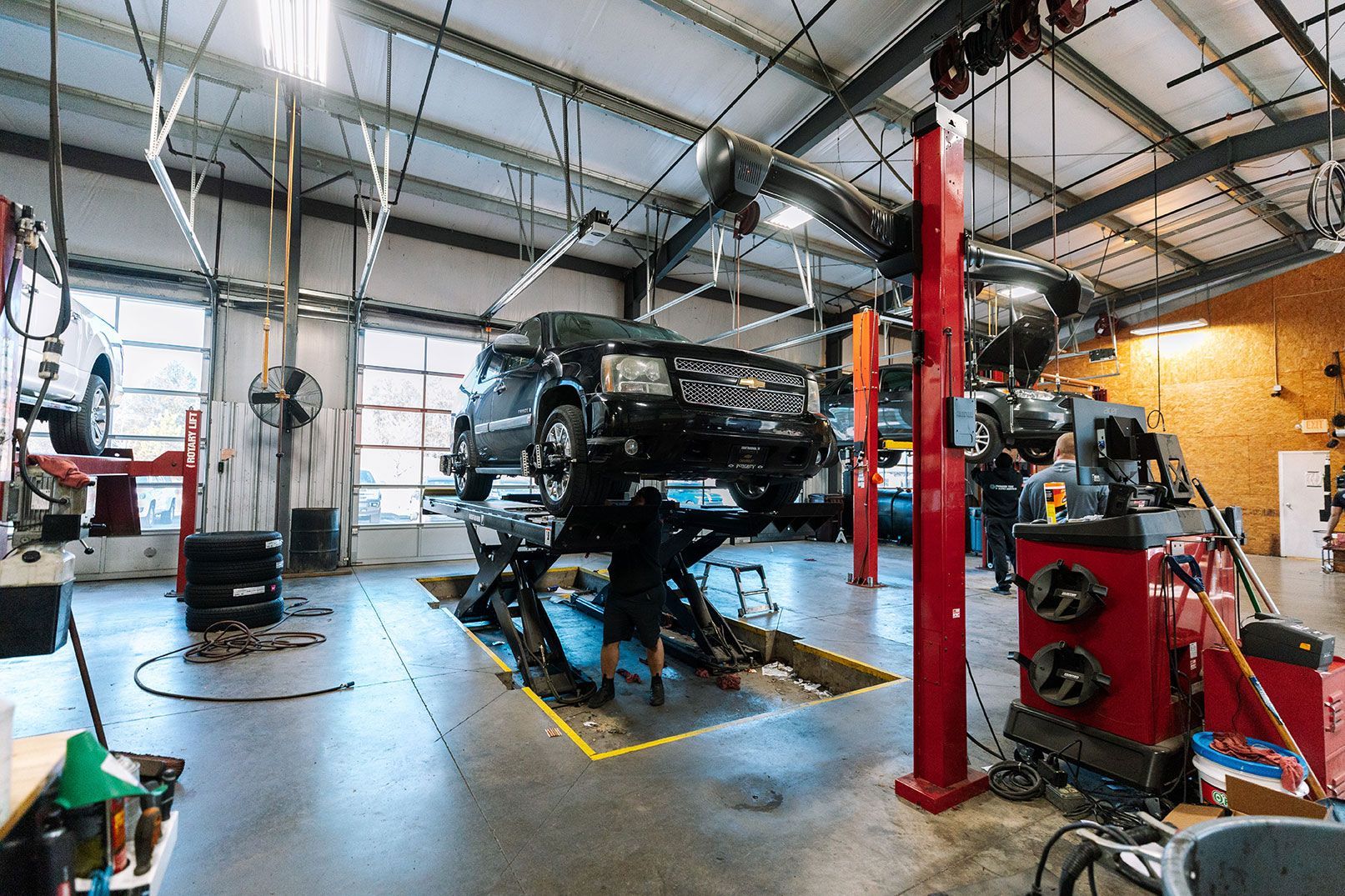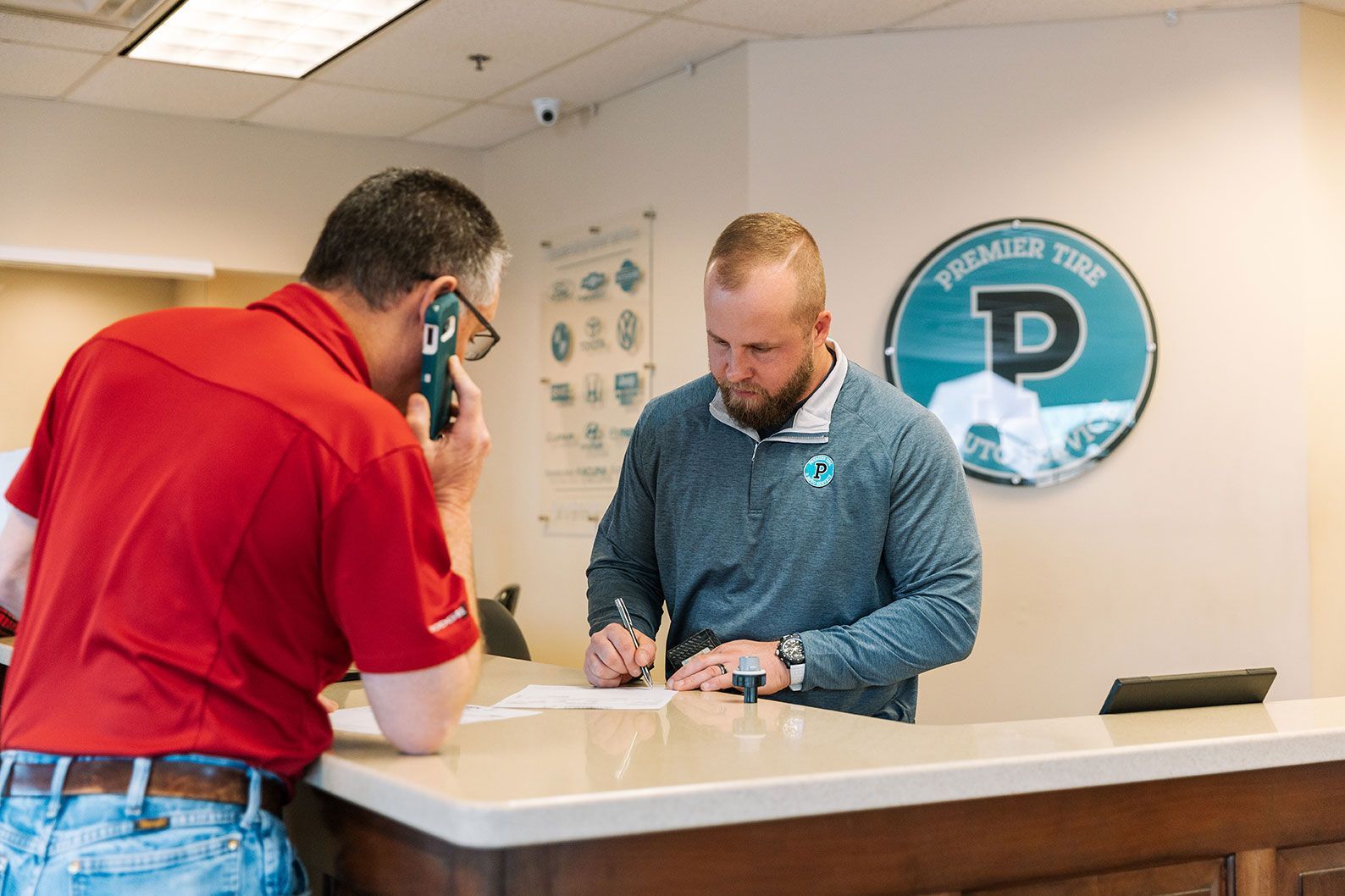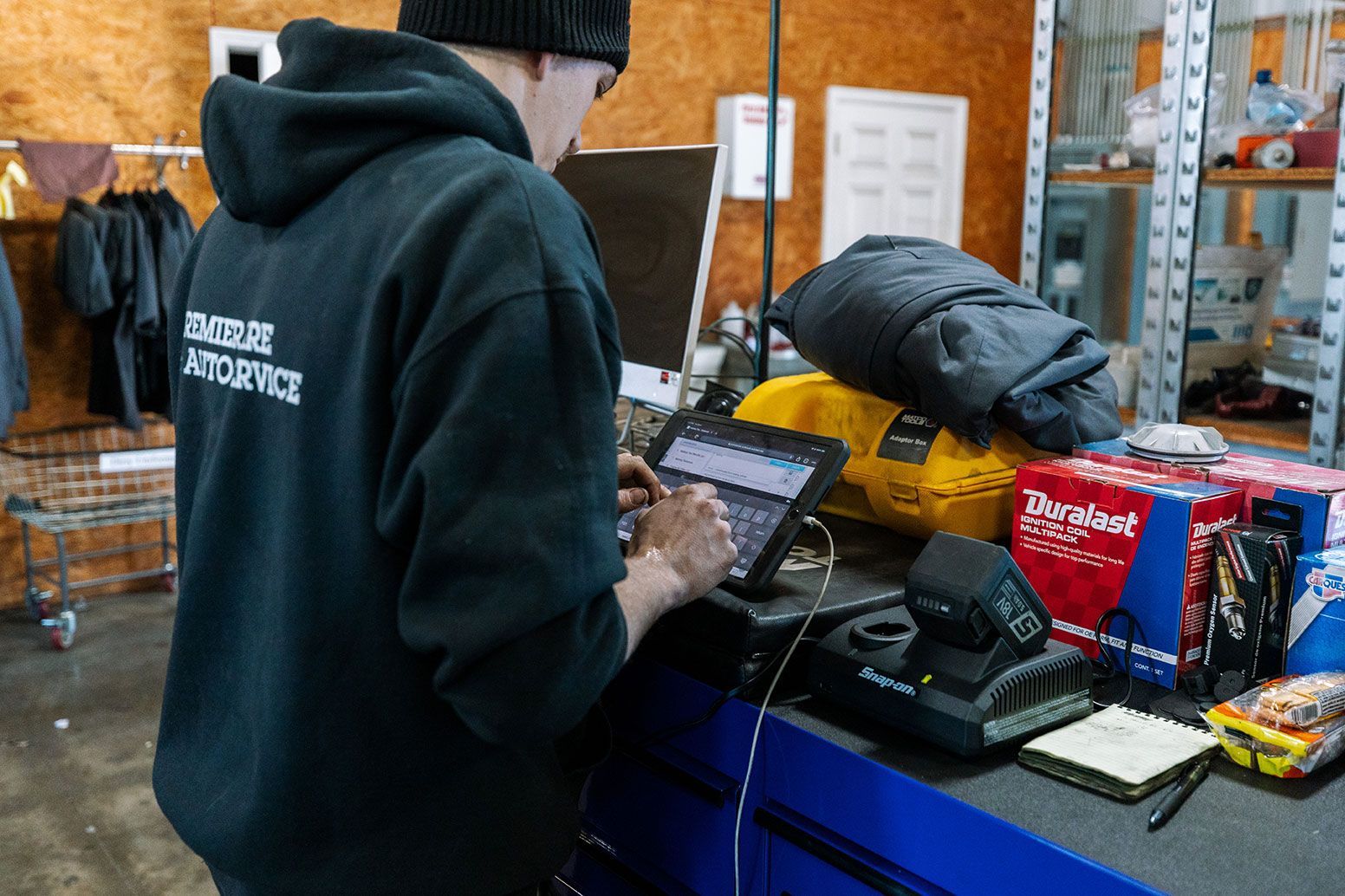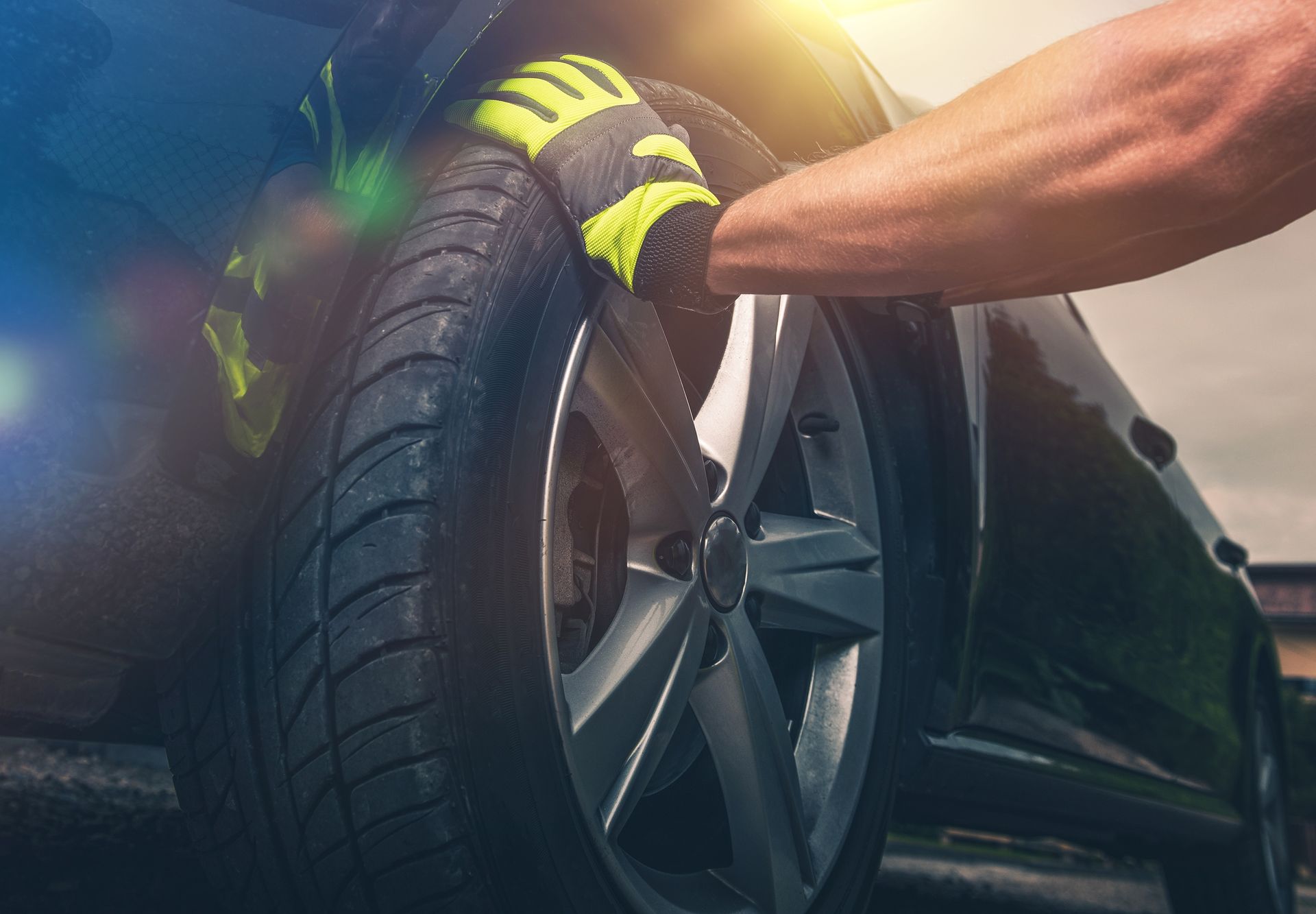
When and Why to Rotate Your Tires for Optimal Performance
Maintaining your vehicle's performance is a task that requires attention to detail. One aspect often overlooked is tire rotation.
Tire rotation is a simple yet crucial part of vehicle maintenance. It ensures even tire wear, extending the lifespan of your tires.
But when should you rotate your tires? And why is it so important for optimal performance?
This article will delve into these questions. We'll explore the impact of tire rotation on wheel alignment and how it affects different types of tires.
Whether you're a car owner, an automotive enthusiast, or someone interested in vehicle safety, this guide is for you.
Stay with us as we unravel the importance of tire rotation and how it contributes to your vehicle's overall health and performance.
Understanding Tire Rotation and Its Benefits
Tire rotation is the process of moving tires from one position on the vehicle to another. This practice is essential for balanced handling and traction.
Front and rear tires wear differently due to various factors. These include steering, braking, and power application. By rotating your tires, you ensure that they wear evenly.
The benefits of regular tire rotation are numerous:
- Extends the lifespan of your tires
- Maintains balanced handling and traction
- Improves fuel efficiency
- Enhances vehicle safety
- Provides a smoother and quieter ride
Rotating your tires is not just about moving them around. It's about ensuring the safety and reliability of your vehicle. It's about saving money on premature tire replacement and improving fuel economy.
Remember, tire rotation should be part of a comprehensive vehicle maintenance schedule. It's a small task that can have a significant impact on your vehicle's performance and your safety on the road.
When to Rotate Your Tires
The recommended interval for tire rotation varies. It typically falls between every 5,000 to 8,000 miles. However, this can depend on the tire manufacturer's guidelines.
It's also wise to rotate your tires with every oil change. This ensures that your tires wear evenly. It also makes it easy to remember when your next rotation is due.
Keep in mind that aggressive driving habits can lead to faster tire wear. If you often drive at high speeds, brake hard, or corner aggressively, consider rotating your tires more frequently.
Tire rotation is also crucial when switching between summer tires, all-season tires, and winter tires. Seasonal changes can affect tire performance, and rotation helps maintain optimal traction and handling.
In conclusion, the best practice is to consult your vehicle's owner manual or a professional mechanic. They can provide the correct rotation pattern and schedule for your specific vehicle and driving conditions.
Why Tire Rotation is Essential for Your Vehicle's Performance
Tire rotation is more than just a maintenance task. It's a crucial step in ensuring your vehicle's optimal performance.
When tires are rotated regularly, they wear evenly. This leads to balanced handling and traction. It also provides a smoother and quieter ride, enhancing your driving experience.
Uneven tire wear can cause a host of problems. These include poor performance, reduced fuel efficiency, and even safety issues. By rotating your tires, you can prevent these problems and keep your vehicle running smoothly.
Moreover, tire rotation allows for regular inspection of your tires. This can help detect any damage, such as cuts, bulges, or punctures, early on. It also provides an opportunity to check other components, like brakes and suspension, for any issues.
In essence, tire rotation is a small task that plays a big role in your vehicle's overall health and performance.
How Tire Rotation Affects Different Types of Tires
Tire rotation is not a one-size-fits-all process. Different types of tires, such as summer tires, all-season tires, and winter tires, can be affected differently by rotation.
The tread patterns, materials, and design of these tires vary. Therefore, their wear patterns and the benefits they gain from rotation can also differ.
Understanding these differences is key to maximizing the benefits of tire rotation. It also helps ensure that your tires are always in the best condition, regardless of the season or weather conditions.
Summer Tires
Summer tires are designed for warm weather. They have unique tread patterns that can wear differently than other types of tires.
Regular rotation can help maintain their performance and extend their lifespan, ensuring that you get the most out of your summer tires.
All-Season Tires
All-season tires are versatile. They are designed to perform well in a variety of conditions, from dry to wet and even light snow.
However, they can still benefit from regular rotation. This helps address wear patterns specific to different seasons and keeps them performing at their best all year round.
Winter Tires
Winter tires have deeper treads for better grip on snow and ice. Regular rotation is essential to maintain their effectiveness.
By rotating your winter tires, you can ensure even wear and prolong their life. This means safer and more reliable winter driving for you.
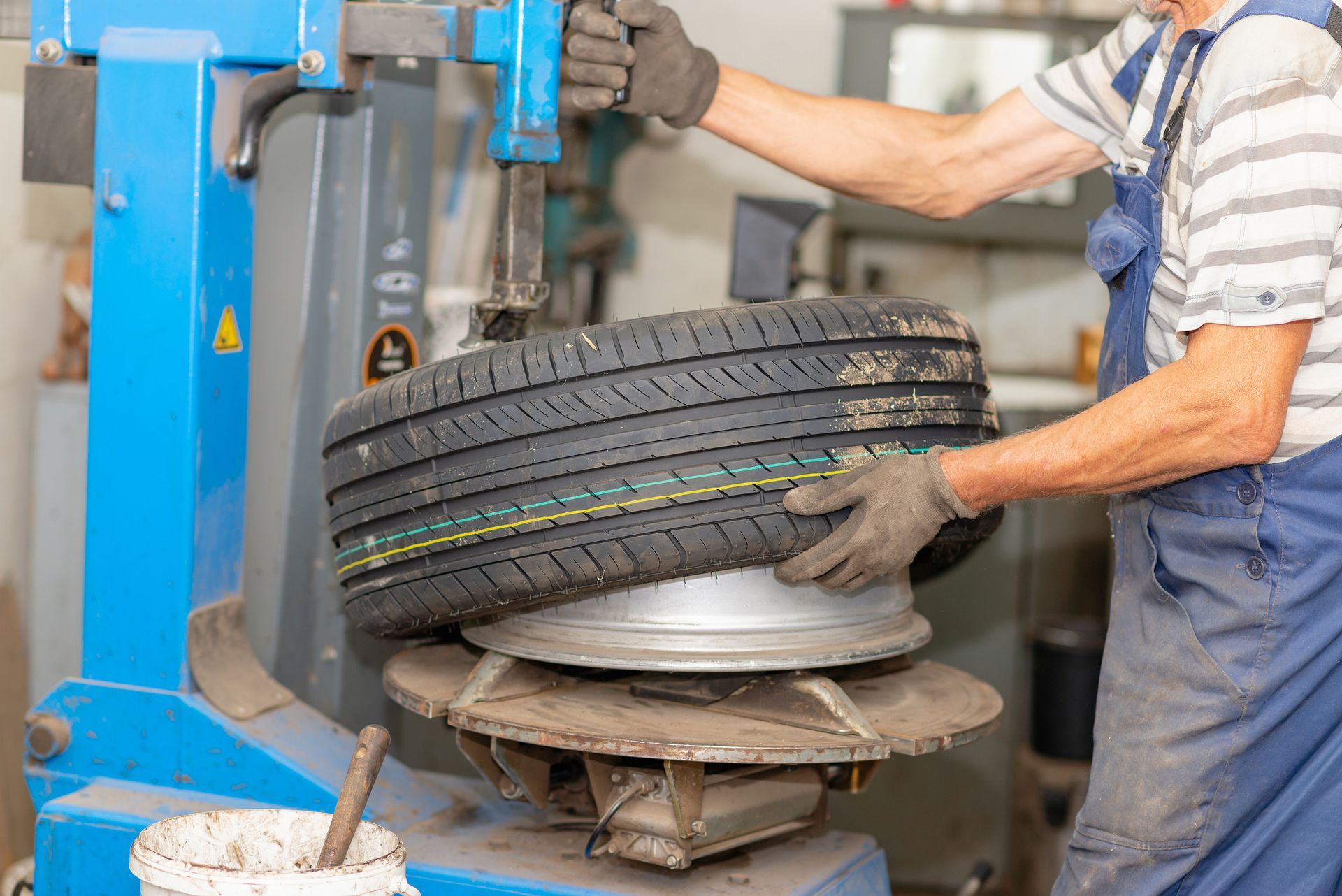
The Link Between Tire Rotation and Wheel Alignment
Tire rotation and wheel alignment are two distinct but interconnected aspects of vehicle maintenance. They both play a crucial role in ensuring even tire wear and optimal vehicle performance.
Proper wheel alignment is crucial for even tire wear. Misaligned wheels can cause rapid and uneven tire wear, necessitating more frequent rotations.
Regular tire rotation, on the other hand, can help maintain balanced handling and traction. It can also help identify alignment issues early, allowing for timely correction and preventing further tire damage.
Recognizing Tire Wear Patterns
Understanding tire wear patterns is key to determining the right time for tire rotation. These patterns can provide valuable insights into your vehicle's health and performance.
For instance, uneven wear on one side of the tire could indicate an alignment issue. Similarly, excessive wear in the center of the tire might suggest over-inflation.
By recognizing these patterns early, you can address underlying issues promptly. This proactive approach can extend the lifespan of your tires and enhance your vehicle's performance.
Tire Rotation Patterns and Best Practices
Tire rotation patterns vary depending on the type of vehicle and tires. Understanding these patterns is crucial for effective tire rotation.
For front-wheel-drive vehicles, the front tires move to the rear in a straight line, while the rear tires move to the front opposite sides. Rear-wheel and four-wheel-drive vehicles follow a reverse pattern.
Here are some best practices for tire rotation:
- Always follow the vehicle manufacturer's recommended rotation pattern.
- Check tire pressure before and after rotation.
- Inspect tires for damage during rotation.
- Reset your vehicle's Tire Pressure Monitoring System (TPMS) if applicable.
Adhering to these practices can ensure optimal tire performance and longevity.
What is the recommended interval for tire rotation?
Typically, it's every 5,000 to 8,000 miles or as specified by the tire manufacturer.
Can I rotate my tires myself?
Yes, but it requires proper tools and knowledge of your vehicle's specific rotation pattern.
Does tire rotation affect wheel alignment?
No, but misaligned wheels can cause rapid and uneven tire wear, necessitating more frequent rotations.
Do all types of tires need rotation?
Yes, whether they are summer tires, all-season tires, or winter tires, all benefit from regular rotation.
FAQs About Tire Rotation
Conclusion: Prioritizing Tire Rotation in Vehicle Maintenance
In conclusion, tire rotation is a crucial aspect of vehicle maintenance. It ensures even tire wear, extends tire lifespan, and enhances vehicle performance.
Remember, the cost of tire rotation is minimal compared to the cost of new tires or potential accidents due to worn tires. Prioritize tire rotation for a safer, smoother ride.
Recent Posts

